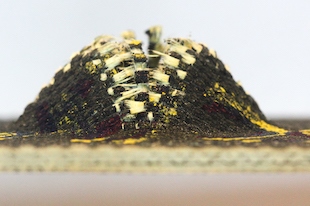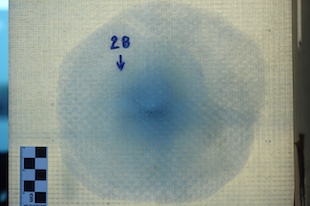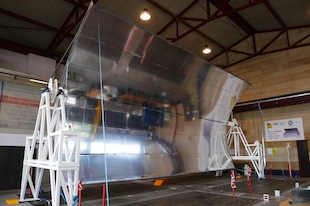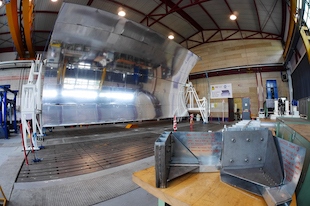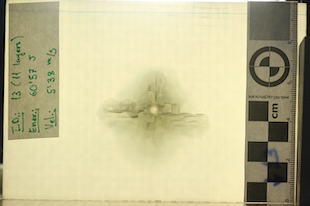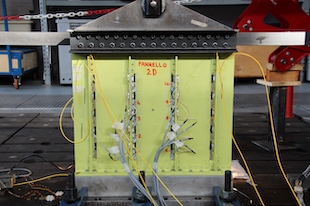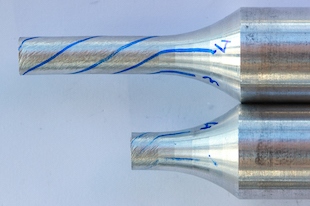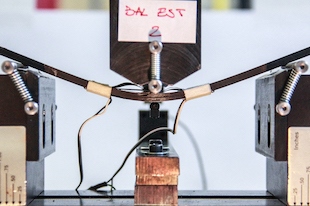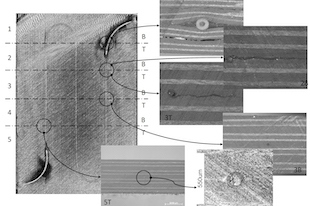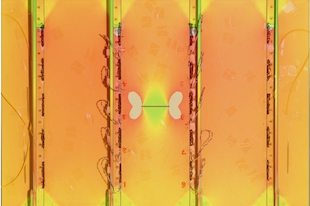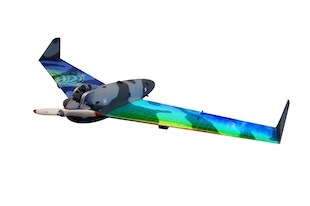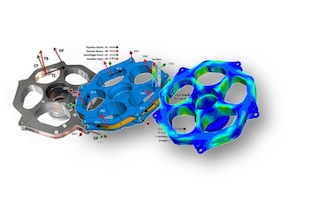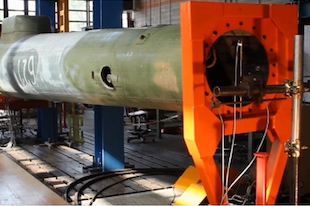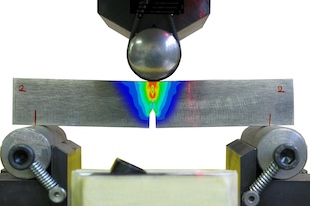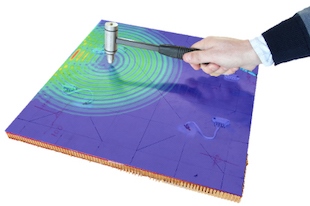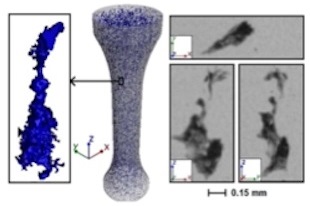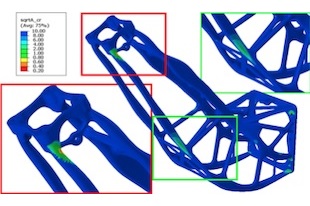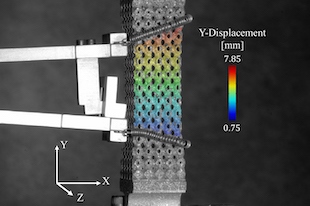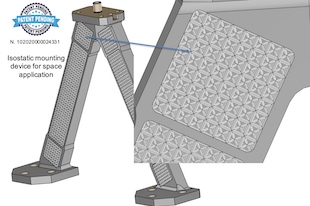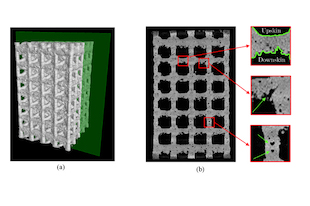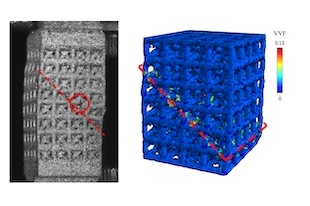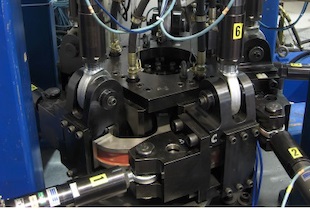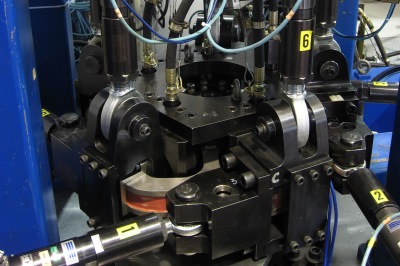
The methods developed to analyse the mechanical behaviour of materials (fracture mechanics and damage mechanics) are the basis for the development of new approaches for the structural integrity assessment of mechanical components. The application of a fitness for purpose assessment (flaw acceptance, crack propagation and thermo-mechanical loads) to mechanical components under service conditions is the basis for many applications in this area.
Structural Health monitoring and prognostic methodologies (application of localized, distributed and embedded sensors, Artificial Neural Network, statistical methodologies for the evaluation of the residual service life, etc.) applied to mechanical and aeronautical systems are also investigated in this research line.
The main research activities carried out in this area are briefly listed below:
- Fatigue testing and modelling of adhesive joints:
- quasi static and fatigue testing of adhesive joints (metal and composite structures);
- assessment of the fatigue strength of adhesive joints by FE analyses;
- assessment of the residual life of structures with adhesive joints including monitoring methods.
- Structural integrity of aerospace and mechanical components:
- fatigue life prediction including advanced methods (defect and flow tolerant approach);
- high fidelity nonlinear modelling;
- simulation and assessment of technological process and calibration of mechanical behaviour of materials.
- Structural integrity under extreme loading conditions:
- ballistic and low velocity impacts (damage assessment);
- assessment of the residual life of damaged components and systems;
- virtual testing, multiphiscs analyses, meshless approaches;
- mechanical behaviour of materials under large plasticity, high strain rate, high temperature and pressure, fracture and damage criteria, delamination.
- Structural Health monitoring and prognostic
- sensor network design for load monitoring and Structural Health Monitoring (FBG, piezoelectric transducers, CVM, ecc.);
- model-based real-time diagnosis and prognosis, digital twin;
- real-time model identification and updating of material properties;
- real-time impact detection, localization and energy assessment.
- Structural integrity of railway components: capabilities on the structural integrity of railway components with particular attention to the inspection intervals and service life of the axles and other components of the bogie. NDT techniques for railways are also extensively investigated.
The research group is also active through international projects, including the most recent ones: EDA PATCHBOND II (Bolt free battle and operational damage repairs of composite aircraft primary structures), EDA NextProp (Next Generation of Propellers), EDA SAMAS (SHM application to Remotely Piloted Aircraft Systems), EDA ASTYANAX (Aircraft fuselage crack monitoring system and prognosis through expert on-board sensor network), EDA HECTOR (Helicopter fuselage crack monitoring and prognosis through on-board sensor network), EDA ISSA (Integrated Simulation of Non-Linear Aero-Structural Phenomena Arising On Combat Aircraft In Transonic Flight), FP6 Premeccy (Predictive Methods for Combined Cycle Fatigue in Gas Turbine Blades).
The group is also on the management committee of the following interdepartmental laboratories: PoliNDT (Laboratory for diagnostics and structural monitoring) created to investigate non-destructive and innovative diagnostic techniques applied to the sectors of Civil and Mechanical Engineering, LAFOS (Laboratory on fiber optic sensors) focused on the design of complex measurement systems, METAMAT-LAB aimed at the study and multi-physics modelling of the properties of metamaterials, HSR (High strain rate) aimed to investigate dynamic behaviour of materials with focus on impacts.

